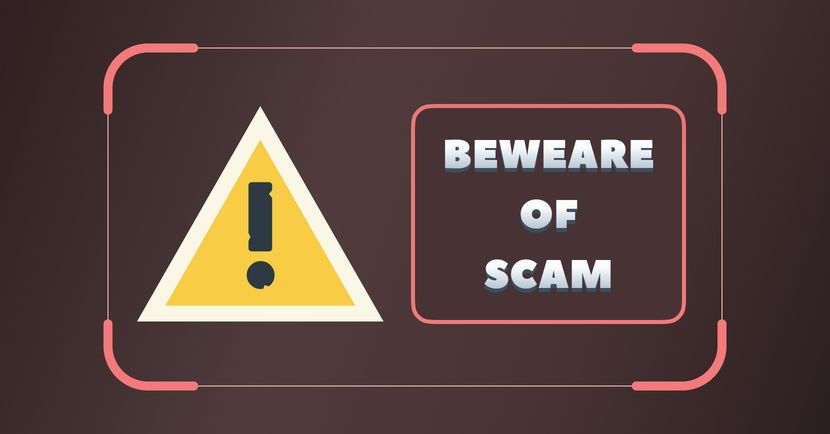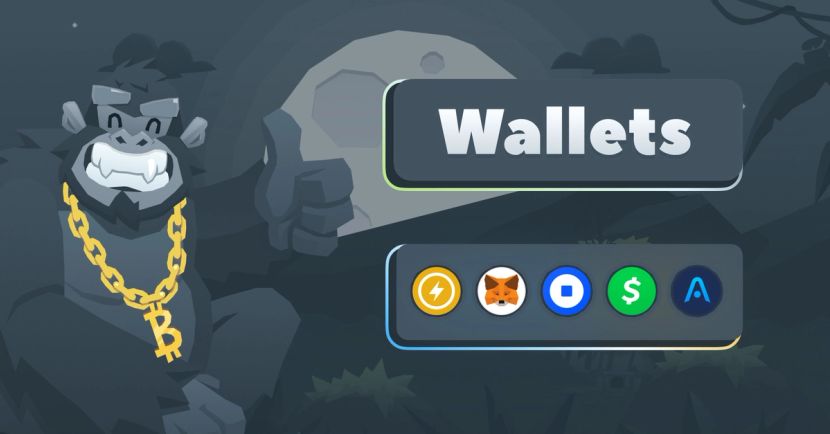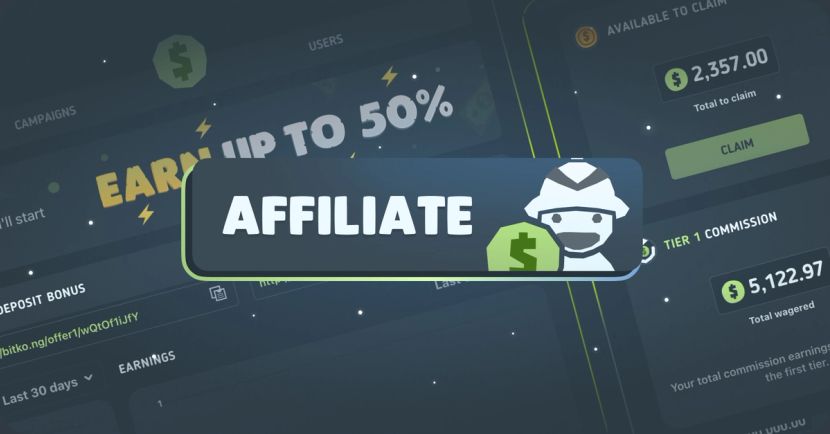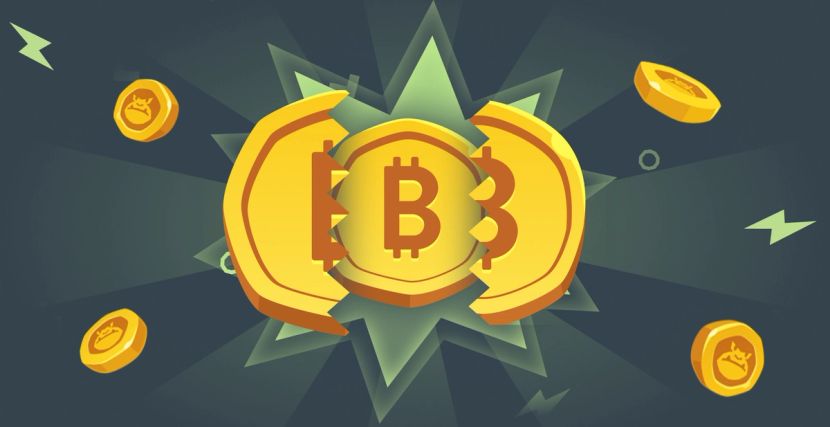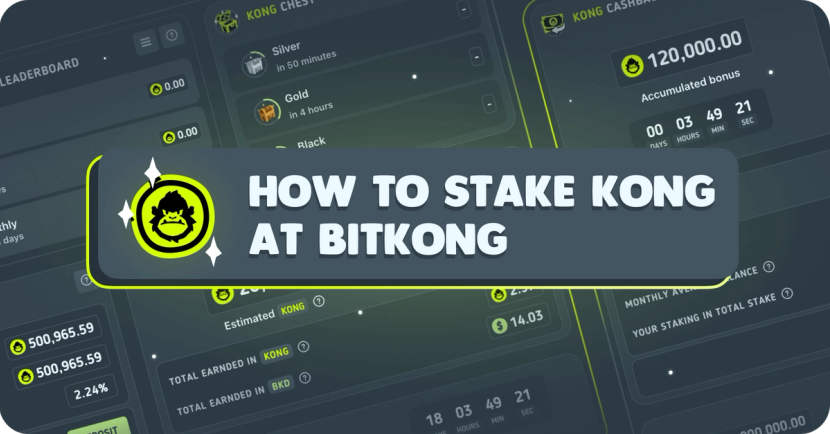What Are Gas Fees in Crypto: Understanding Transaction Costs on the Blockchain
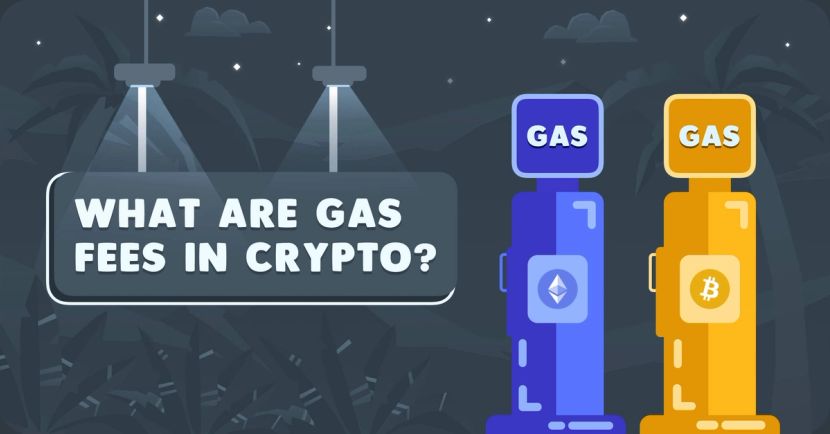
Gas fees play a crucial role in cryptocurrencies, particularly on blockchain networks. These fees, also known as transaction fees, are essential to executing operations on blockchain platforms. This article will explore what gas fees are, their significance for Ethereum's network, and how they impact crypto transactions.
What Is a Transaction Fee?
Transaction fees compensate participants who validate and process transactions on a blockchain network. When you send a cryptocurrency transaction, a portion of the transaction value is destined as a fee to incentivize miners or validators. These fees ensure the smooth functioning and security of the blockchain ecosystem.
About Crypto Gas Fees
Crypto gas fees are transaction fees specific to blockchain networks utilizing a smart contract model, such as Ethereum. Gas is the name given to the computational power required to execute operations and smart contracts on the network. Gas fees are measured in small fractions of a cryptocurrency and are used to allocate resources fairly and incentivize network participants.
How to Calculate Gas Fees
Now that we’ve broadly been through what gas fees are, you may be wondering how they are calculated. Figuring out crypto gas fees can be complicated because each cryptocurrency has its own fee structure, which can change over time.
Understanding gas fees is crucial when it comes to Ethereum, the main smart contract blockchain. After the London upgrade in 2021, Ethereum gas fees can be calculated using a specific formula:
To find the gas fee, you multiply the gas limit (a maximum amount of gas used in a transaction, usually set to 21,000 units) by the sum of the base fee and an optional tip.
The base fee is the minimum amount of ETH needed for a transaction and is measured in gwei. One gwei is a very small fraction of ETH (about $0.000002 if 1 ETH is worth $2,000).
The base fee can change depending on how busy the Ethereum network is, increasing during high usage and decreasing when the network is less busy. Tips, also measured in gwei, are extra payments you can choose to include to speed up your transaction.
To determine the gas fee, you can use reliable websites like Etherscan to find the current average base fee. For example, if the average base fee is 30 gwei and the gas limit is 21,000 units, the gas fee would be 630,000 gwei (or 0.00063 ETH).
Thankfully, crypto wallets like MetaMask show you the gas fee before you confirm a transaction, so you don't have to do the calculations manually. Gas fees depend on the gas price (the cost per unit of gas, measured in gwei) and the gas limit (the amount of gas allocated for the transaction).
It's important to set an appropriate gas limit, especially when dealing with smart contracts, as the default 21,000 units are enough for regular transactions but might not be sufficient for smart contract interactions.
Why Do We Need Fees
Fees in the crypto world serve several critical purposes. Firstly, they discourage spam transactions, preventing the network from being overwhelmed.
Secondly, they incentivize miners to include transactions since the higher the user is willing to pay for a transaction, the higher the chances for a miner to take it immediately and incorporate it into the limited space available on each block.
This mechanism helps maintain network efficiency and security. Lastly, fees act as a monetary reward for miners or validators who dedicate computational resources to validate and secure the blockchain.
Does Bitcoin Network Have Gas Fees?
While “gas fee” is a common term in platforms like Ethereum, the Bitcoin network operates in a different way when it comes to transaction fees.
Unlike Ethereum's gas model, Bitcoin transactions require paying transaction fees that are not directly related to computational resources. Let's go a little deeper into how transaction fees work on the Bitcoin blockchain and their significance in securing and processing transactions.
In Bitcoin, transactions are bundled into blocks, forming the blockchain. Each block has a maximum size limit of 4MB, which can fit a certain amount of transaction data. This size restriction affects the number of transactions that can be included in a block.
Bitcoin transaction fees serve two purposes: the block reward and transaction fees. The block reward refers to the newly minted Bitcoin rewarded to miners for successfully mining a new block.
The block reward was set at 50 Bitcoins per block when Bitcoin was introduced. However, the block reward is set to be reduced by half due to a process called halving, which happens approximately every four years. The most recent halving in 2020 brought the block reward down to 6.25 Bitcoins.
Transaction fees, on the other hand, are additional fees paid by users to prioritize their transactions within a block. These fees are separate from the block reward and incentivize miners to include transactions in the blocks they mine. Miners prioritize transactions with higher fees as they stand to earn those fees when the block is successfully mined.
Two factors mostly determine the amount of transaction fees on the Bitcoin blockchain. First, the size or data volume of the transaction plays a role in the fee calculation.
Generally, larger transactions require more computational resources to process and may incur higher fees. Second, the users' demand for block space influences transaction fees. When there is high demand for transactions and limited block space available, users who want their transactions confirmed quickly will pay higher fees to incentivize miners to prioritize their transactions.
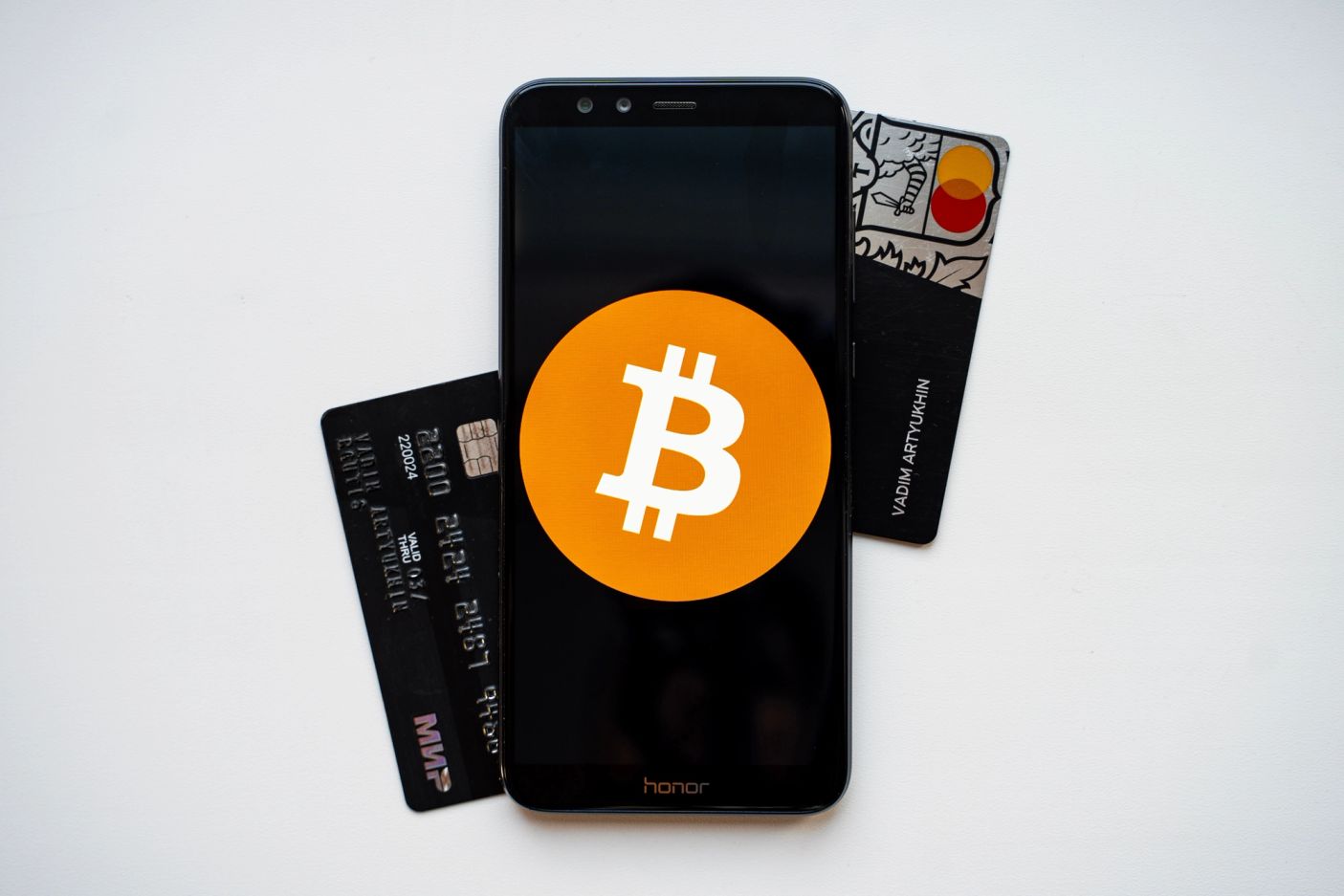
Bitcoin's halving has significant implications for transaction fees. After each halving event, the block subsidy drops, meaning miners earn fewer newly minted Bitcoins as a reward for mining blocks.
Because of this planned reduction, transaction fees play a vital role in sustaining the security and functionality of the Bitcoin network in the long term. As the block subsidy reduces over time, transaction fees become an increasingly important incentive for miners to continue validating transactions and securing the network.
Is There Any Way to Avoid Paying Fees in Crypto?
Reducing or minimizing transaction fees is a concern for many crypto users. Here are some strategies that are being implemented:
- Fee optimization: Users can balance cost and transaction speed by choosing appropriate transaction fees based on network conditions. Some smart contract-based networks, like Polygon, are introducing alternatives to fee optimization. Polygon’s new token POL will be even more productive than ETH regarding validations since, according to Polygon Labs, holders can validate multiple chains.x
- Layer-2 solutions: Utilizing layer-2 scaling solutions like Lightning Network or sidechains can help reduce fees and increase transaction throughput.
- Off-chain transactions: Some platforms and cryptocurrencies support off-chain transactions, allowing users to perform transactions with a third-party verification without incurring significant fees on the blockchain.
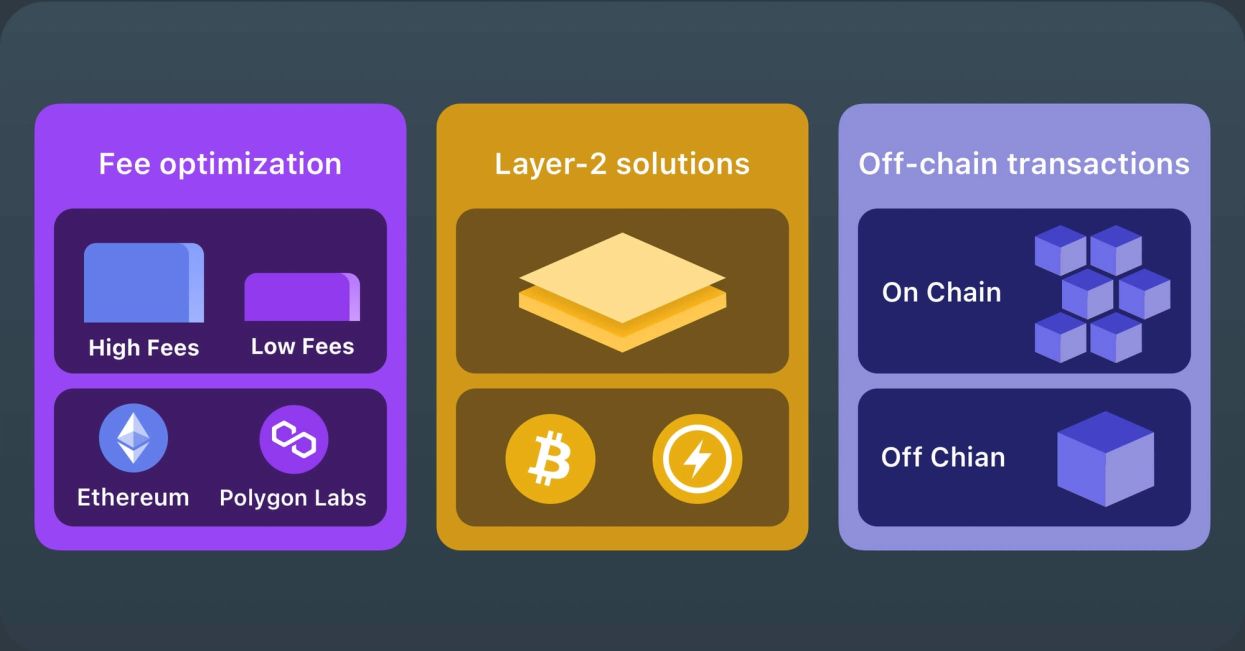
It's important to note that while these strategies can help reduce fees, they function as a bypass to avoid using networks like Ethereum, which is the definition of gas fees and cannot work without it.
Bitcoin's Lightning Network: Revolutionizing Transaction Fees
Bitcoin's Lightning Network, introduced in 2019, is revolutionizing the world of cryptocurrencies. It tackles two significant challenges: scalability and high transaction fees on the Bitcoin blockchain.
By utilizing off-chain payment channels, the Lightning Network enables users to conduct fast and cost-effective transactions, making it a game-changer for reducing fees in the crypto space.
Here's how it works: Instead of recording every transaction on the Bitcoin blockchain, which requires paying a transaction fee each time, the Lightning Network creates special payment channels that allow users to transact directly with each other.
These off-chain transactions provide instant confirmations and significantly lower fees than traditional on-chain transactions.
To use the Lightning Network, users establish a payment channel by locking a certain amount of Bitcoin into a secure address through a funding transaction on the Bitcoin blockchain.
Users can exchange crypto off-chain once the channel is open, privately updating the channel's balance.
Because only the opening and closing transactions are recorded on Bitcoin’s network, the Lightning Network is a substantial tool for reducing your transaction fees. Almost all transactions occur off-chain, so there is no need to wait for confirmations, making the transfers very fast and suitable for everyday payments and small transactions.
But that’s not the end of the benefits list; the Lightning Network enhances scalability by taking some of the transaction load off the main network.
Off-chain processing allows for a high volume of transactions without resorting to Bitcoin blockchain confirmations. This scalability and reduced fees position the Lightning Network as a promising solution for Bitcoin's scalability challenges.
As the Lightning Network continues to gain adoption, more wallets, exchanges, and merchants are integrating its capabilities. This wider acceptance and improved accessibility drive the adoption of this transformative technology.
Final Thoughts
Understanding what are gas fees and transaction costs in crypto is crucial for anyone involved in cryptocurrency transactions. By grasping the concept of gas fees and their impact, users can make informed decisions and optimize their transaction experience.
At BitKong, we offer a platform where you can play provably fair games online using Bitcoin with very low transaction fees through Bitcoin Lightning Network deposits and withdrawals. Take advantage of our secure and transparent gaming environment while enjoying the benefits of minimal transaction costs. Join BitKong today and experience the world of crypto gaming like never before!
As the crypto industry evolves, gas fees and transaction costs may change, so staying updated on the latest developments is essential. By staying informed, you can confidently navigate the crypto landscape and make the most of your crypto transactions.



